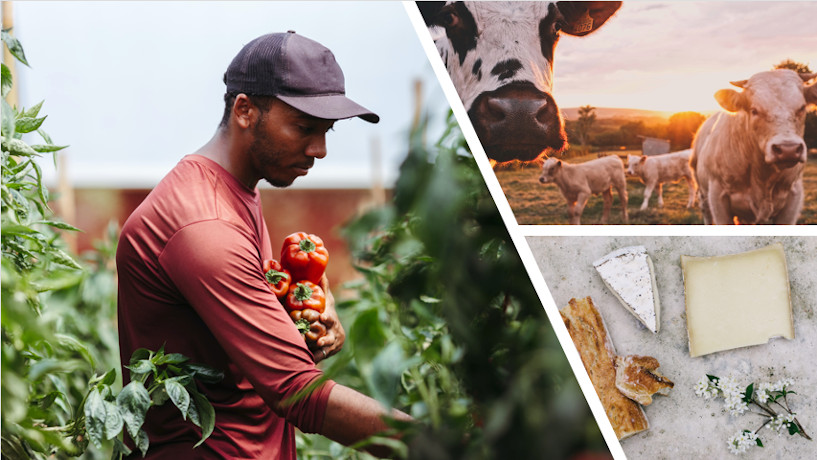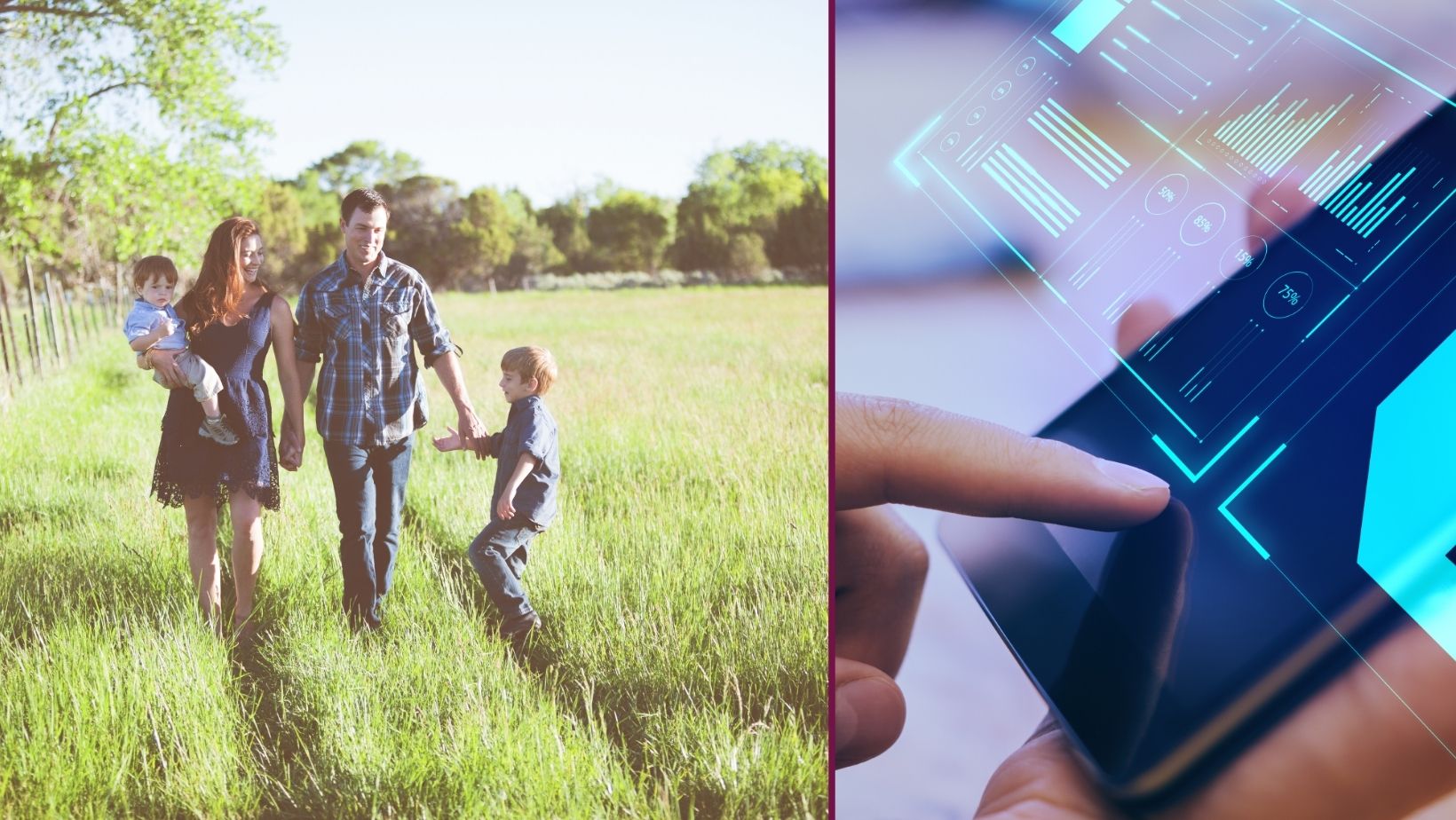This article has been translated with DeepL.
NEW RESEARCH | How to make farmers sustainable
- Published: 3 May 2023,
- 12:00 AM
- Updated: 3 May 2023,
- 12:30 PM

Despite agriculture’s carbon footprint and a growing demand for sustainable food, not all farmers are switching to sustainable business models. So what are the characteristics of those who do?
Small farms often feel powerless in negotiations with large agricultural suppliers. They also struggle with distribution and complicated government regulations of various kinds. At the same time, most people are aware of the climate footprint they contribute to, and are also seeing increasing consumer interest in sustainably produced food. So there are many reasons to switch to sustainable business models. And there is no shortage of motivation either. They want to be competitive and know that they have the ability to adapt their products to what is missing in the market.
– But what distinguishes those farmers who convert from those who do not is the individual motives. “Those who switch to sustainable business models are driven by a desire to do good for people, animals, land and the environment in general,” says Vera Sadovska of the Swedish University of Agricultural Sciences.
Small differences between countries

In her doctoral thesis, she studied small family-owned farms in Sweden, Norway, Italy and Greece. Most of them are engaged in animal production such as dairy or meat products. There are few differences between farmers in the countries. But the Nordic countries have more resources than their counterparts in southern European countries. The resources allow Swedes and Norwegians to go through the transition faster and somewhat easier.
– On the other hand, Italian and Greek farmers are aware of the costs and are rapidly implementing all technological solutions that are more efficient and sustainable, such as energy from renewable sources. “I am fascinated by how even farmers with scarce resources can change, as long as they are driven by concern for people, animals and the planet,” says Vera Sadovska.
Short supply chains and good relations
A common feature of the farmers who convert is how they implement changes in their daily business operations. For example, they choose to sell their products in short supply chains, which means direct contact between them as producers and consumers. One advantage, of course, is that they receive a larger share of the product price than they do in longer supply chains. And that they save resources on transportation and have control over their production and distribution processes. But these are not the only benefits.
– When they meet their customers face-to-face, it is easier to build trust and to communicate. The farmers in my study receive regular feedback from customers and feel that their work is truly appreciated.
Important to find like-minded people
In order for more farmers to make the transition to sustainable business models, they need to acquire more knowledge, according to Vera Sadovska.
– Many farmers feel they do not know enough about sustainable business models. And they do not find the existing sources of information, such as farm advisory services, useful.
But the knowledge of how to implement sustainability principles in business is out there, she says. So if you want to change, you have to get it.
– And you should also make sure to collaborate with partners with similar motivations to do good for people, animals and the planet,” says Vera Sadovska.
Contact vera.sadovska@slu.se
More about the thesis
Vera Sadovska defended her dissertation at the Swedish University of Agricultural Sciences on April 21, 2023 with the thesis Change for sustainability in the agrifood sector. Addressing value creation in business models and learning in university-industry collaboration. It is available in PDF format.



